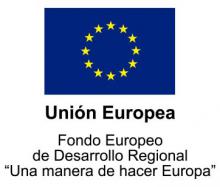VIRESTREEP

Proyecto VIRESTREEP/ ayuda TED2021-131516B-I00 financiado por MCIN/AEI /10.13039/501100011033 y por la Unión Europea NextGenerationEU/ PRTR”
VIRESTREEP is an innovative research project aimed at enhancing the safety of Vulnerable Road Users (VRUs), including pedestrians, cyclists, and users of E-Powered Personal Mobility Vehicles, in urban environments. Road traffic accidents, a significant public health concern, often result from complex interactions between infrastructure, vehicles, drivers, and VRUs, with the visibility of pedestrians being compromised by factors such as poor junction layout, darkness, parked cars, and street furniture. Street furniture, while essential for urban functionality, can obstruct sightlines necessary for safe road use when improperly placed.
The project's primary objective is to investigate how street furniture contributes to unsafe situations for VRUs, such as collisions, by obscuring clear views of the traffic environment. VIRESTREEP aims to develop a customizable Virtual Reality (VR) tool to simulate various urban traffic scenarios with different configurations of furniture arrangement, lighting conditions, and presence of obstacles. By conducting tests with real users and applying Machine Learning Techniques (MLT) to the data collected, the project seeks to provide evidence-based insights for policymakers, service providers, and stakeholders, identifying the strengths and weaknesses of current urban designs. Therefore, this combined VR-MLT approach is expected to offer valuable recommendations for public space (re)modeling and support cities in transitioning to more sustainable, personal, and inclusive mobility policies that prioritize the safety of vulnerable users.


